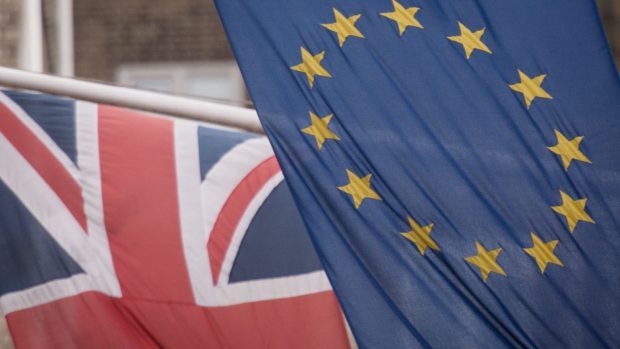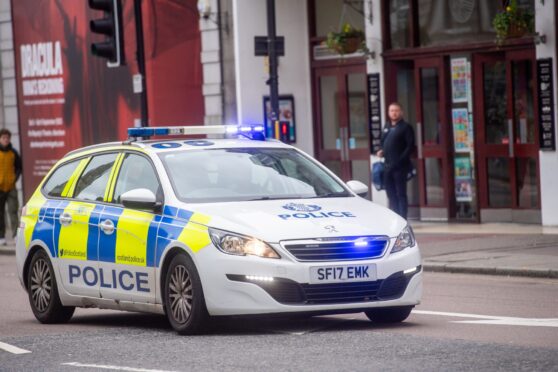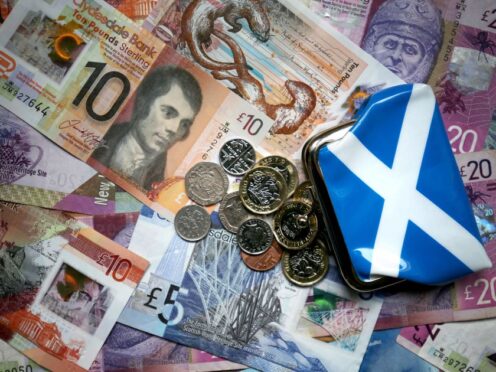Almost two-thirds of Scots want a UK-wide Brexit deal, according to new research published as Britain started the formal process of leaving the EU.
A report by Professor John Curtice, the country’s leading pollster, found that the prospect of Scotland having different rules on immigration and free trade from the rest of the UK was opposed by 62% of voters north of the border.
Its results will be seen as a boost to Conservative Brexit Secretary David Davis, who wrote to his SNP counterpart Mike Russell yesterday, saying the options set out by Scottish ministers to stay in the single market would not work while the rest of the country left the free trade area.
A UK Government source said: “There was no evidence that a separate deals along the lines the Scottish Government was proposing was deliverable, workable or required.
“One of the underlying principles is we don’t want to do anything that would damage the smooth workings of the UK’s domestic market.
“In terms of doing trade deals with the rest of the world, you need an integrated UK market, with the same regulatory frameworks.”
First Minister Nicola Sturgeon attacked Tory ministers for formally dismissing “our compromise proposals to keep Scotland in the Single Market at the same time as the Article 50 letter was sent.”
Mr Russell claimed the Prime Minister was presiding over “constitutional chaos” in the UK.
He described the moment as “sad and self-destructive” and the beginning of a “backwards journey” towards greater centralisation of power at Westminster.
Mr Russell added: “We’re here because the Prime Minister particularly will not compromise, will not debate and discuss the reality of the constitutional situation of these islands.”
Professor Curtice’s research for ScotCen found that Scottish voters’ views are similar to both the stance taken by the UK government and to those of people across Britain as a whole, but are at odds with the Scottish Government’s support for freedom of movement.
He said: “If this picture is correct, it is far from clear that concerns about Brexit are likely to change the minds of many voters about the merits or otherwise of independence – so long, of course, as the UK government succeeds in delivering free trade and immigration control.”
He added that voters in Scotland and across the rest of the UK “want much the same outcome – free trade, immigration control and retention of much of the consumer and environmental regulation currently afforded by the EU.”
Adam Tomkins, the Scottish Conservative constitution spokesman, said the report “dismissed the myth that Scots think differently from any other part of the United Kingdom when it came to the Brexit negotiations.”
He added: “They know that, rather than negotiating a deal on geographical boundaries, we should be pulling together to get the best possible deal for the whole of the UK.
“It shows once again just how out of touch the Scottish Government is.”
SNP MSP Richard Lochhead pointed out that 93% of Scots were in favour of maintaining free trade with the EU after Brexit, slightly higher than the 88% across the UK as whole.
Scottish Labour leader Kezia Dugdale said the triggering of Article 50 was a “deeply divisive moment in our country’s history”.
She added Scotland “deserves better” that the two “extreme constitutional positions” adopted by its Tory and SNP governments.
And she argued: “The letter signed by the Prime Minister will have a seismic impact on Scotland’s economy, risking thousands of jobs and livelihoods.”
Ross Greer, the Scottish Greens MSP, described the decision to pursue Brexit as “economic and social vandalism, inflicted on Scotland by a Tory government we did not elect through a Brexit we voted against”.
Willie Rennie, the Scottish Liberal Democrats leader, said that by taking the UK out of the European Single Market, the Prime Minister had “chosen the hardest and most divisive form of Brexit”.
Meanwhile, Eurosceptics, including Ukip’s Scottish MEP, David Coburn, toasted the triggering of Article 50 with cake and cava in Brussels.
Mr Coburn said the celebrations had been “very liquid”.
He added: “There’s been an awful lot of chocolate cake going around and I have had more than my fair share.
“My doctor said ‘I don’t want to see you eating any more, you’re on a diet’ and unfortunately she will see me on all channels.
“It’s the beginning of the end of the European Union and I think that’s a great thing, not just for us, but for Europe.”










